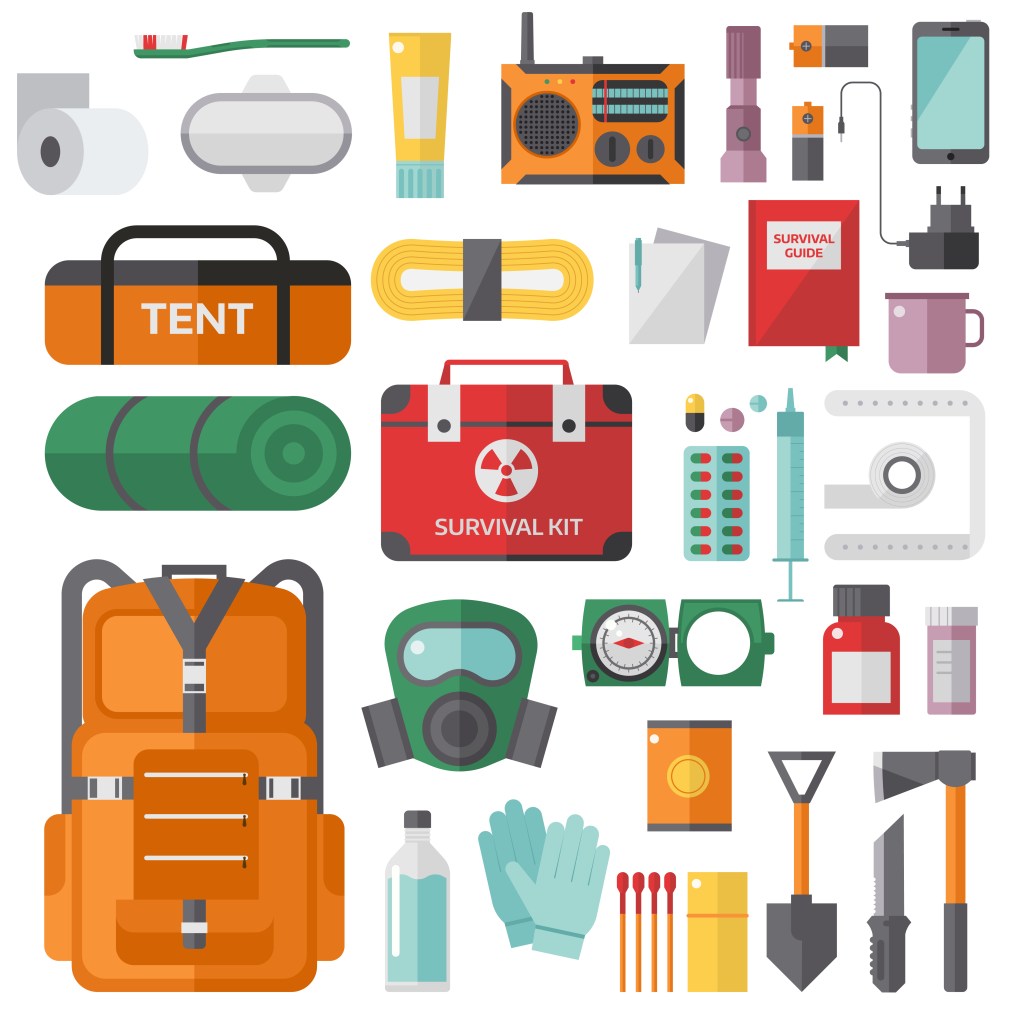Ready For Anything
Emergency Disaster Prep
How well a business manages a natural disaster or other emergency depends on its degree of readiness before, during and after the event. There is no way to guarantee that your workplace will never have to deal with a natural or man-made disasters, but by being prepared and communicating effectively employees can stay calm and […]

